In this Guide
Imagine a country where neon-lit cityscapes sit side by side with centuries-old temples, where mountains roll into the sea and where street food stalls serve up sizzling bites late into the night. That’s South Korea - a place where tradition and innovation not only coexist but dance together.
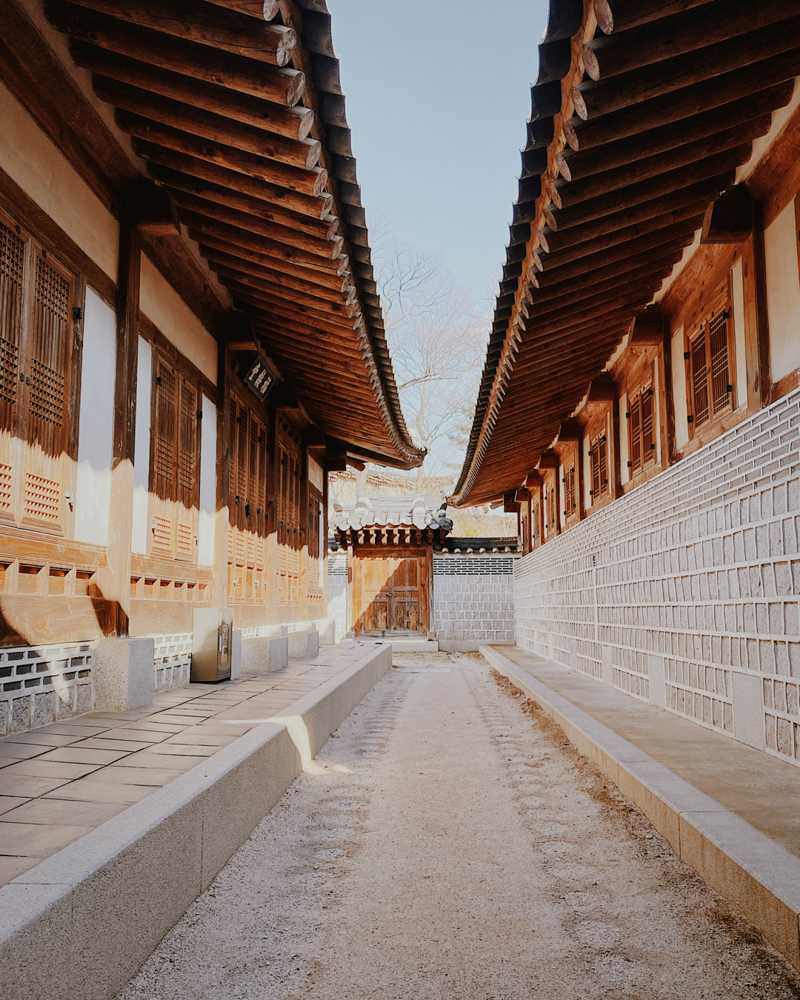
For Australian travellers, South Korea is more accessible than ever. With visa-free entry for up to 90 days and direct flights from major cities like Sydney and Melbourne, it’s no surprise that this East Asian destination has become one of 2025’s top travel picks. But South Korea isn’t a destination you skim through.
Let’s explore the real Korea: where to go, when to travel, how to get around. Whether you’re zip-lining down Jeju’s volcanic slopes or navigating the alleyways of Insadong, things don’t always go to plan. Just remember to pack in travel coverage for added peace of mind.
When Is the Best Time to Visit South Korea?
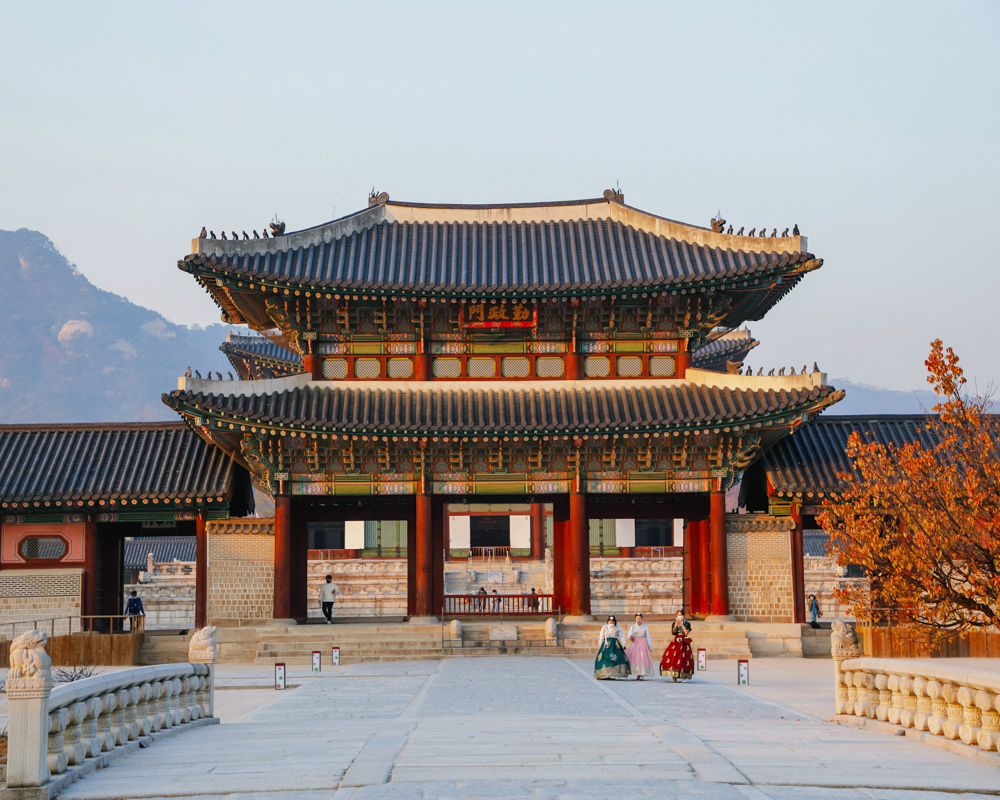
South Korea’s seasons are as vivid and varied as its landscapes. Spring, from March to May, is a celebration of cherry blossoms. Parks like Yeouido in Seoul transform into pink wonderlands, perfect for picnics and photos. Summer brings heat and humidity, along with monsoon rains, but it’s also the season for beach escapes, especially to Busan’s Haeundae Beach.
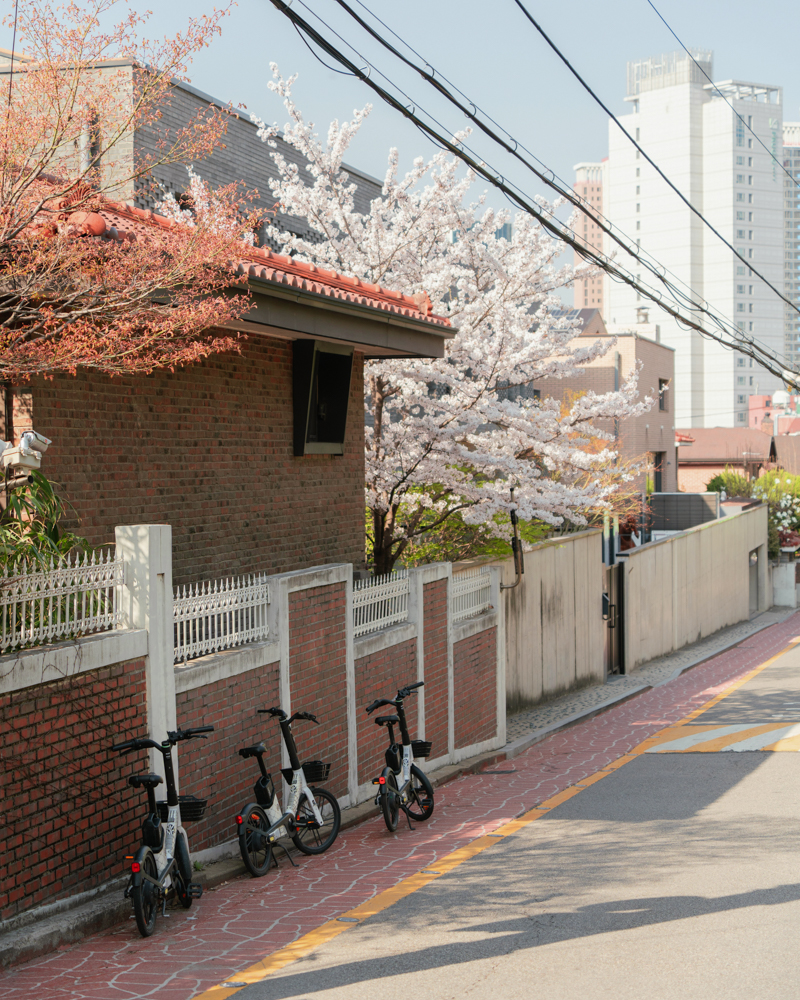
Autumn, from late September to early November, is arguably the best time to visit. The air turns crisp, and the countryside glows with fiery foliage. Temple stays near Seoraksan National Park offer a serene escape, surrounded by golden ginkgo and crimson maple trees. And if you’re a snow-chaser? Winter, meanwhile, unveils a different kind of magic. Snow-dusted palaces, frosted temples, and ski resorts like Yongpyong that come alive under a blanket of snow.
If you're planning a multi-city itinerary or a group tour, October is your golden window: mild weather, not too hot, not too cold, vibrant colours, and fewer crowds.
How Long Should You Stay in South Korea?
Many first-time visitors underestimate how much South Korea has to offer. While the country is compact, it’s rich in experiences. Seoul alone deserves at least four full days to explore its palaces, markets, and modern marvels. Add a few days in Busan for coastal charm, a cultural detour to Gyeongju, and a nature escape to Jeju Island, and you’re easily looking at a 10 to 14-day itinerary.
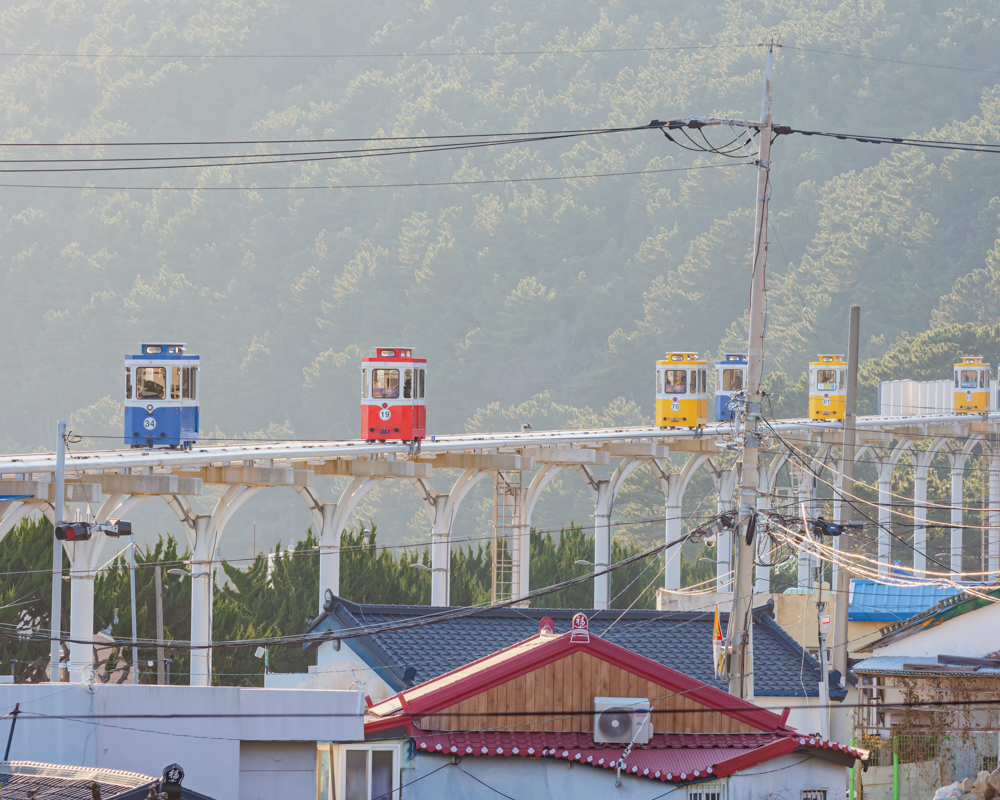
A well-balanced trip might include five days in Seoul, two in Gyeongju to wander through ancient tombs, three in Busan to relax by the sea, and two in Jeju to hike Hallasan and explore lava tubes. This kind of journey lets you explore beyond the highlight reel and connect with Korea’s heartbeat.
Is It Easy to Get Around?
South Korea’s transportation network is one of the most efficient in the world. Major cities such as Seoul, Busan, and Daegu boast extensive subway networks that are clean, punctual, and tourist-friendly, with English signage and announcements. The Korea Train Express (KTX) connects major cities at speeds of up to 300 km/h, making intercity travel fast and convenient.
For local travel, the T-money card is a rechargeable smart card that can be used on buses, subways, and even in some taxis and convenience stores. Navigation apps such as Naver Map and KakaoMap are more accurate than Google Maps in Korea and are widely used by both locals and tourists.
Even in rural areas, public transportation is reliable and signage is often multilingual, particularly in areas frequented by tourists. While English is not universally spoken, many locals are willing to assist travellers, and translation apps can bridge most communication gaps.

Food and Dining Culture
Every alley is a stage for culinary theatre. One night you’re grilling samgyeopsal (pork belly) at your table, wrapping it in lettuce with a dollop of ssamjang paste. The next morning, you’re scooping rice into a bubbling stone bowl of kimchi jjigae at a hole-in-the-wall diner.
Street food markets like Seoul’s Gwangjang Market are a feast for the senses. Mung bean pancakes sizzling on hot plates, skewered fish cakes steaming in vats, and vendors beckoning you to try one more bite.
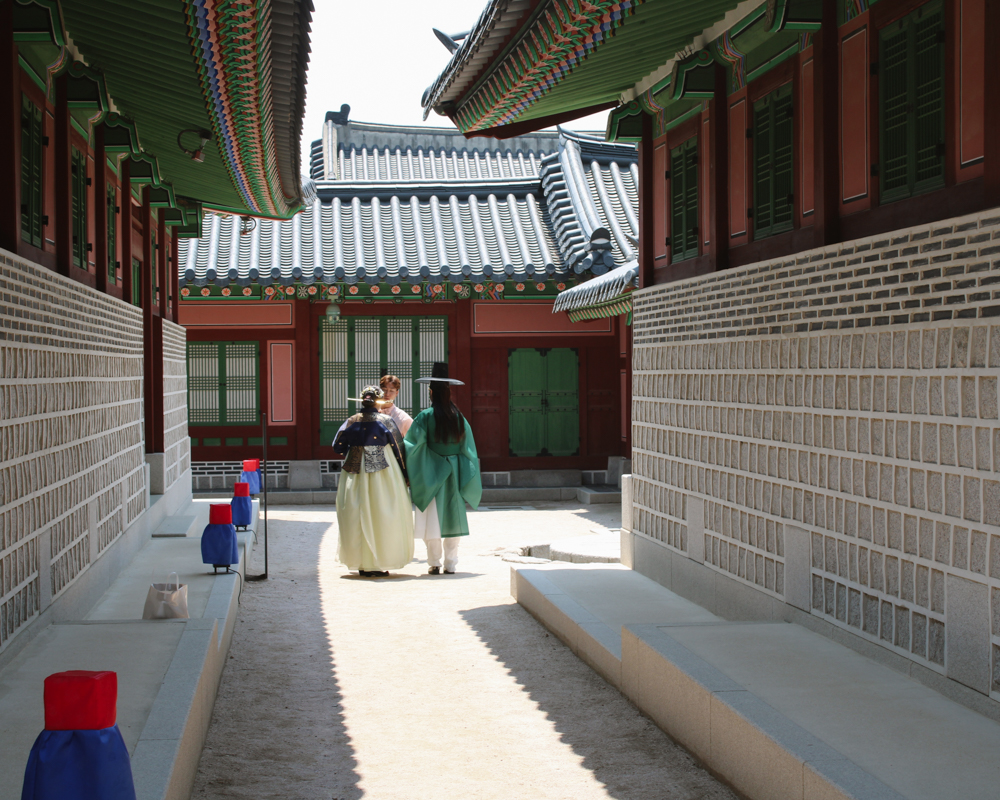
Meals are often served with a variety of free side dishes (banchan), and tipping is not expected; in fact, it’s often politely refused. It can even be refused.
Dining in Korea is communal, generous, and unforgettable. It’s not just about eating, it’s about sharing.
Attractions and Experiences You Can’t Miss
South Korea offers a rich tapestry of attractions that span history, nature, and modern culture. In Seoul, Gyeongbokgung Palace and Bukchon Hanok Village offer a glimpse into the country’s royal and architectural heritage. Rent a hanbok and enter Gyeongbokgung Palace, where guards still perform traditional changing ceremonies beneath the shadow of Seoul’s modern skyline. The capital also features modern landmarks such as the Dongdaemun Design Plaza and Lotte World Tower.
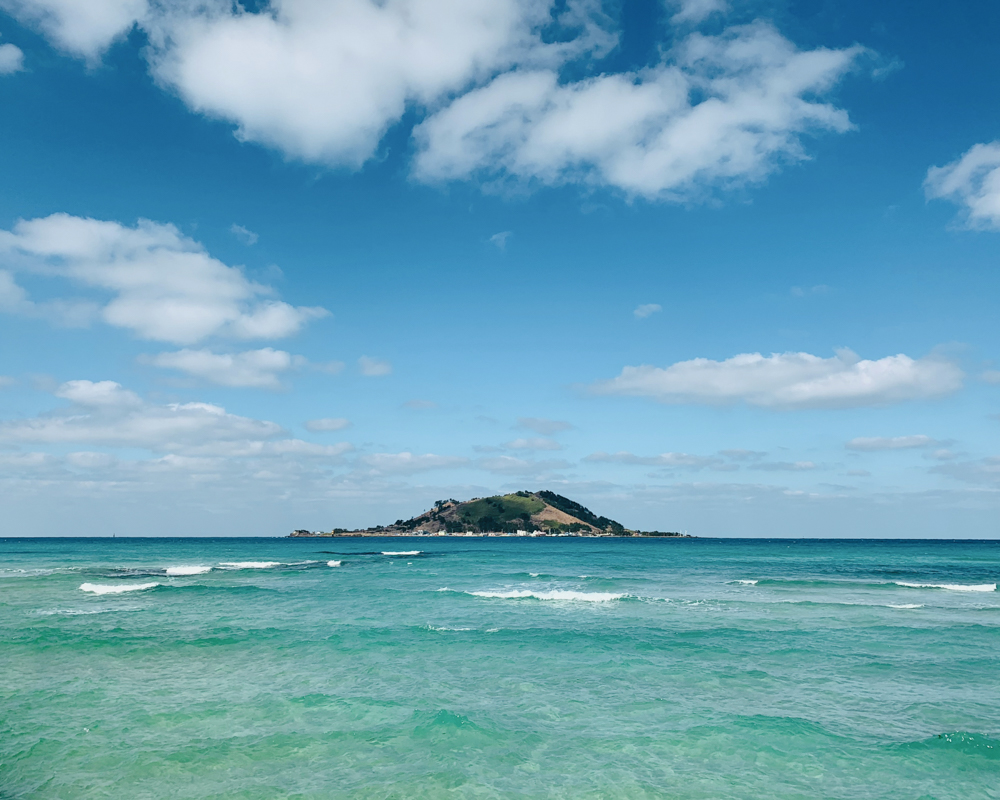
In Busan, visitors can explore the coastal Haedong Yonggungsa Temple, relax at Haeundae Beach, or unwind in a jjimjilbang, a traditional Korean spa. Gyeongju, often referred to as “the museum without walls,” is home to ancient tombs, temples, and pagodas that reflect Korea’s early dynastic history.
Jeju Island offers a slower pace, with natural wonders like Hallasan Mountain, Korea’s highest peak, Manjanggul Lava Tube, and the Seongsan Ilchulbong crater. The island is also known for its haenyeo, female free divers who harvest abalone and seaweed in frigid waters without scuba gear.
Language: What Should I Know?
While English is common in major cities and tourist hotspots, especially among younger Koreans, knowing a few phrases can enhance your experience.
Start with “Annyeong haseyo” (안녕하세요), which means hello and is pronounced Ahn-nyoung hah-seh-yo. It’s a polite and friendly way to greet someone, whether you’re entering a shop or meeting a local guide. Another essential phrase is “Gamsahamnida” (감사합니다), meaning thank you, pronounced Kahm-sah-hahm-nee-dah. Using these expressions shows respect and appreciation, and locals will often respond warmly to the effort.
Here are five more phrases that can be incredibly helpful during your travels:
- “Juseyo” (주세요) – Please give me...
Pronounced: Joo-seh-yo
Use this when ordering food or asking for something politely, like “Mul juseyo” (Please give me water). - “Eolmaeyo?” (얼마예요?) – How much is it?
Pronounced: Uhl-ma-yeh-yo?
Handy when shopping at markets or buying souvenirs. - “Hwajangsil eodi isseoyo?” (화장실 어디 있어요?) – Where is the bathroom?
Pronounced: Hwah-jang-sil uh-dee ee-ssuh-yo?
A must-know phrase for any traveller. - “Igeo mwoeyo?” (이거 뭐예요?) – What is this?
Pronounced: Ee-guh mwuh-yeh-yo?
Great for menus, signs, or unfamiliar items. - “Sillyehabnida” (실례합니다) – Excuse me
Pronounced: Sil-leh-hahm-nee-dah
Use this to politely get someone’s attention or navigate through a crowd.
And when all else fails, translation apps like Papago or Google Translate (especially camera mode!) are surprisingly effective for menus and signs.
Packing Tips for a Smooth Trip
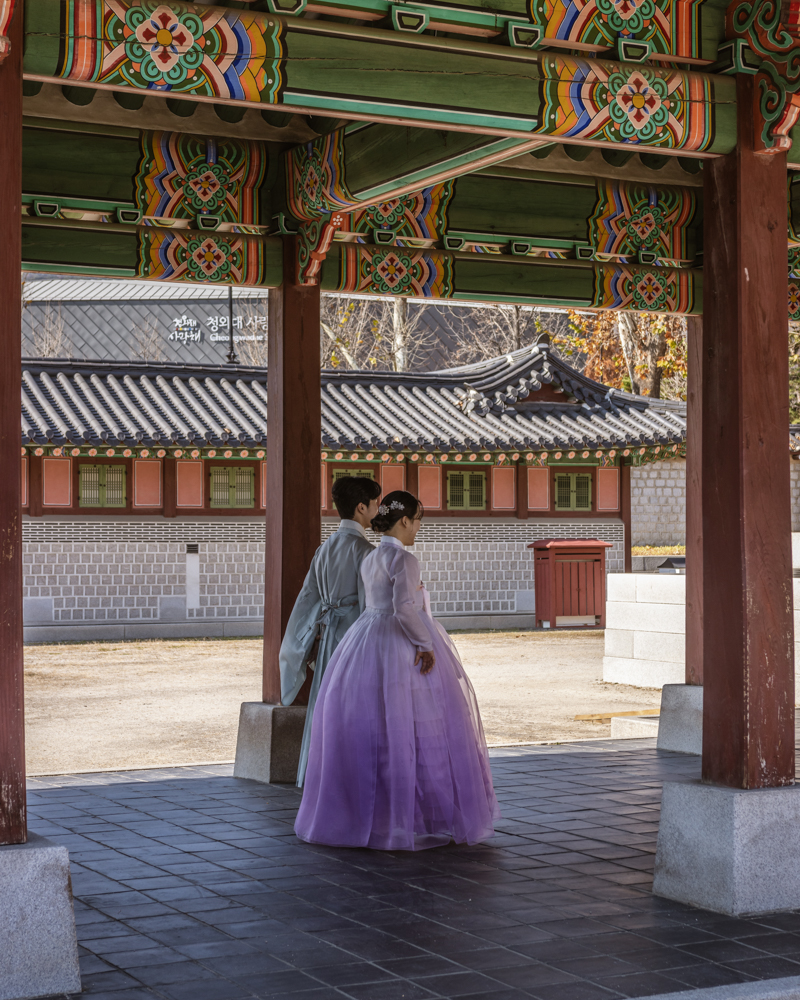
Pack layers. Korea’s weather can shift quickly, especially in spring and autumn. Comfortable shoes are essential; the city is best explored on foot, and hiking trails are everywhere. A universal adaptor (Type C or F), and a portable Wi-Fi device or eSIM card will make life easier.
And remember: Korean weather is full of surprises. So is travel. That’s why travel insurance isn’t just a tick-box item - it’s added peace of mind.
Final Thoughts
South Korea is a destination that offers both depth and variety. Whether you’re wandering through lantern-lit alleyways in Seoul, soaking in a hot spring in Busan, or hiking volcanic trails in Jeju, every moment invites you to explore beyond the expected.
You’ll leave with more than photos; you’ll leave with stories. So, pack light, bring an open mind, and let South Korea surprise you.
Explore Beyond. Always. But don't forget to consider travel insurance for added peace of mind.
